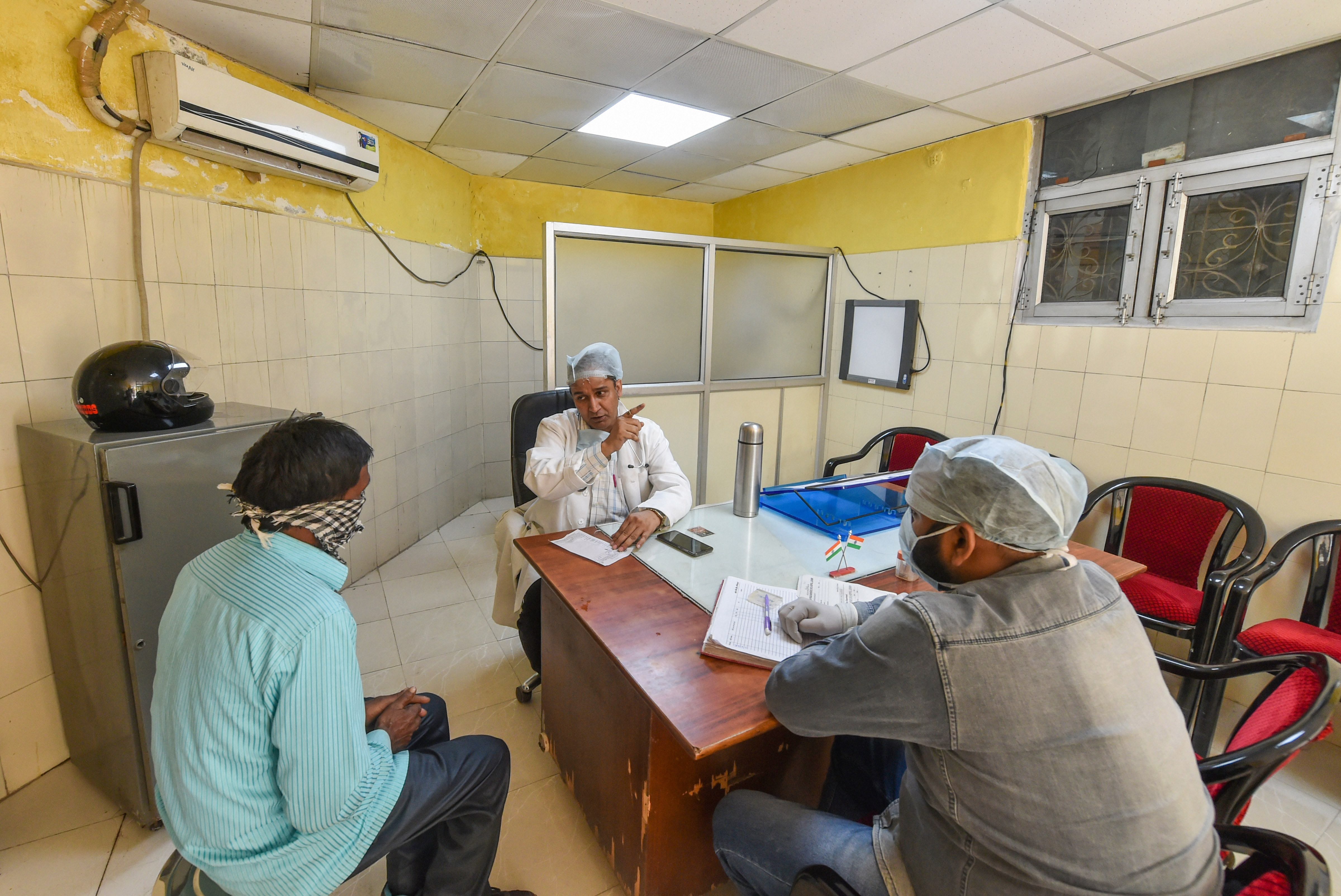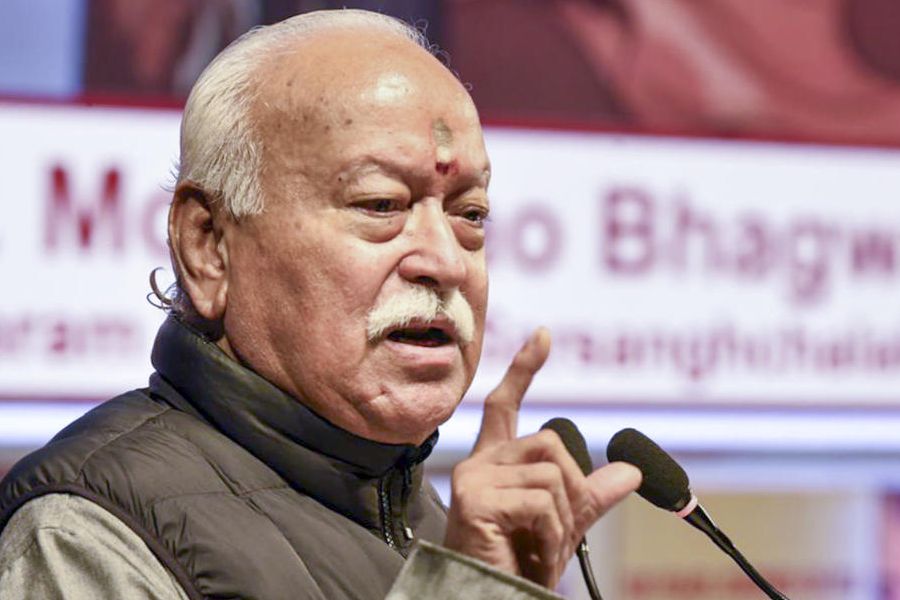Dealing with the onslaught of the coronavirus pandemic is taking a serious toll on other critically-ill patients. Take, for instance, those suffering from cancer or kidney failure — both conditions compromise the immunity, making patients more susceptible to the virus. The situation is especially dire in India, given its rickety healthcare system. Dialysis centres — specifically in small towns — have either reported a severe shortage of equipment and staff crunch or shut down owing to the lockdown, while treatment of cancer patients has been delayed in public hospitals that are now busy dealing with Covid-19 cases. A robust primary healthcare structure, well-staffed and equipped — this is almost impossible given India’s paltry health budget — and dedicated hospitals for treatment could have ensured that fewer patients had to suffer such disruptions. This would also have taken the pressure off private hospitals; Tata Memorial Centre, the largest cancer hospital in India, is dealing with an increased patient load while working at one-third of its capacity. This paucity has led to unintended consequences. Manpower shortage has reportedly led to the suspension of rules that are meant to check prenatal sex selection. Such oversights are not limited to India. In the United Kingdom, cancer patients in the two highest priority categories are not receiving regular treatment. There is apprehension that by the time the pandemic ends, the death toll from other critical ailments could be as high as that of the virus.
What is fairly evident is the absence of a lack of contingency plan in most nations, even though the World Health Organization had been warning about an impending epidemic since 2018. But in India, which has a hospital beds to population ratio of 1:1,000, the crisis has been compounded manifold with inadequacies of manpower and the implosion of medical supplies. Yet, the coronavirus is also an opportunity to reflect on and rectify the policy failures that weaken healthcare. The disproportionate spending on urban-based curative care is one obvious challenge. India also needs to implement a dedicated epidemic policy. Some innovation is being reported. The State has come up with new telemedicine practice guidelines to regulate a sector that has received a huge boost given the restrictions on face-to-face consultations.











